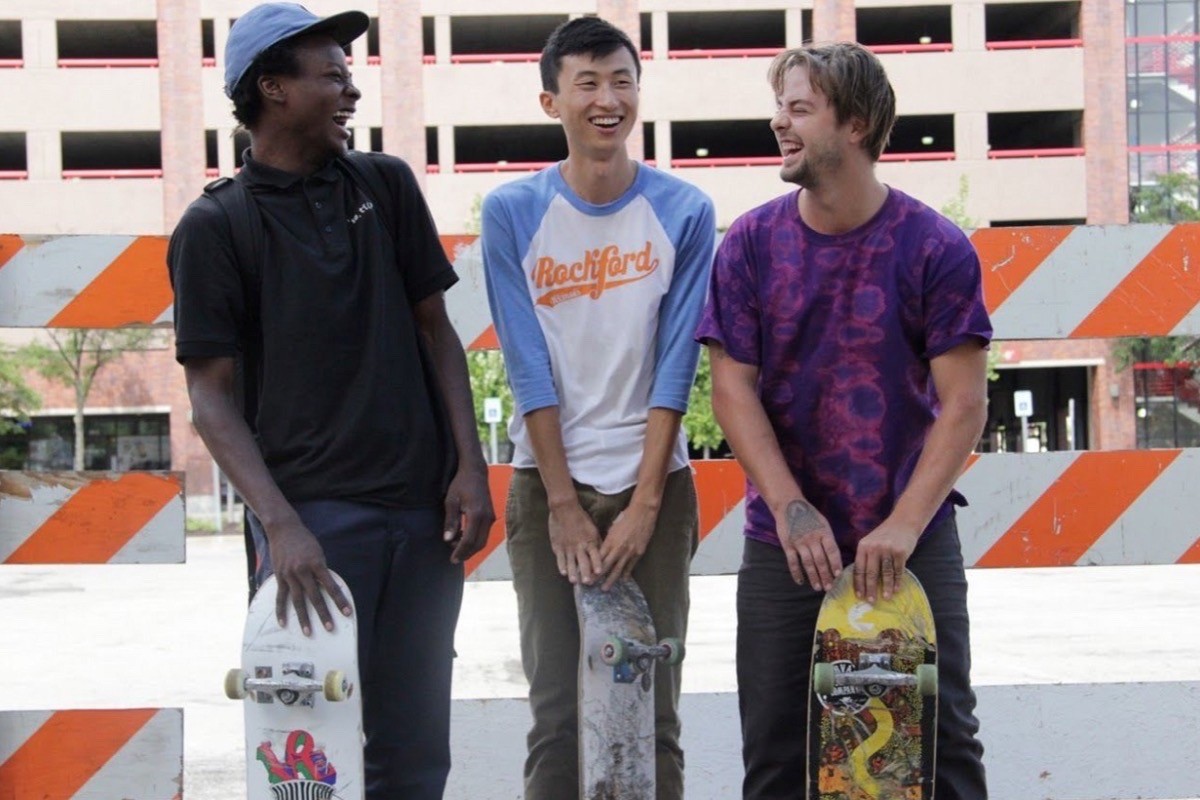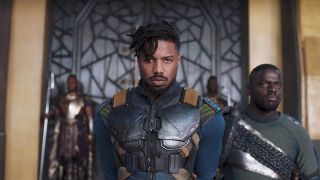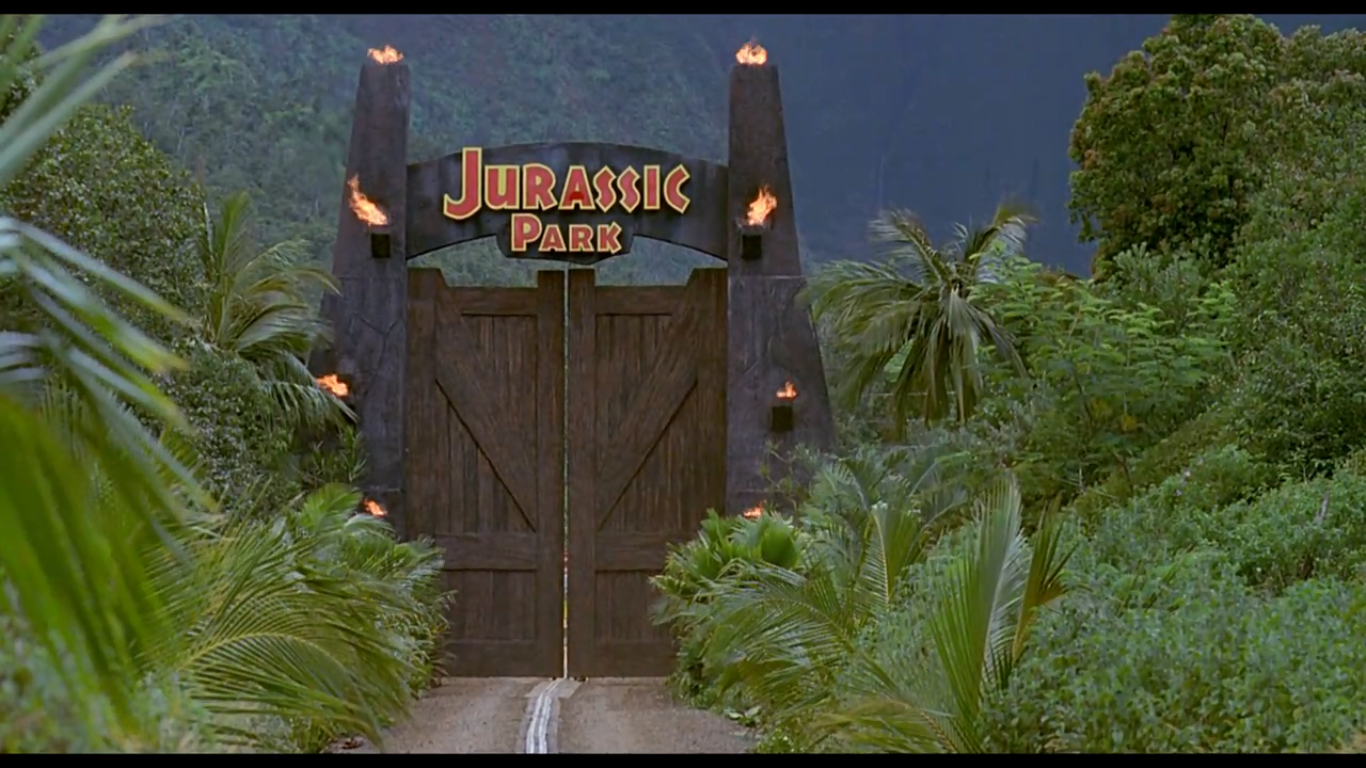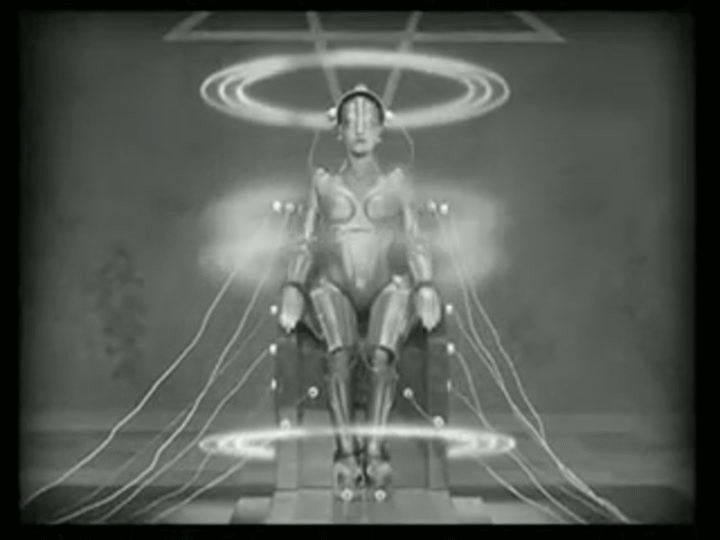
2018 was a bad year for the world but a great year for movies. So I’m going to write about some of those great movies which I loved in 2018. To read my full introduction to this series, read this.
Early in the film Minding the Gap, there’s a a few key clues of what the movie will evolve into. More specifically, Zack says a few times in the opening 10 minutes about how he never felt at home with his family and that “skateboarding feels more like a family than my family”.
You don’t know it at the time, but these are words which will come back to haunt you when you watch it a second time.
This, my favorite film of the year, will be my last individual post in this series of the best of 2018. But given that this is the movie that both moved me the most and is (probably) the most underseen of the ones I’ve written about, I felt it was important that it gets a full write up.
I want to make this clear early on: Minding the Gap is NOT a skateboarding movie. It is not the documentary version of Mid 90s. It is instead a heartrending movie about generational violence, the cities that the tech revolution has left behind, and what it’s like growing up in this scary new world.
This last point is perhaps what’s most relevant to my purposes. As a 22-year old, 24-year old director Bing Liu is only two years older than me. His friends are the same as my friends, we’re of the same generation, and oftentimes we are all facing the same fears and dilemmas. What’s my purpose in life? What do I owe my parents, who may have raised me but who share very different values? And most importantly, at what point am I considered an adult? Is it when I turn 18? Is it when I get my first job and begin becoming financially independent? In Zack’s case, are you immediately an adult because you have a child?
I’m 22-years old, I live on my own and pay all my own bills, and I hold a full time job. I also am typing this minus my right index finger after having sliced my finger open trying to open a can of tomato sauce. I certainly feel immature and like I should not be trusted with my own life (let alone someone else’s, like a child’s).
And I live on my own because I knew I couldn’t stay home and have the same level of freedom that moving to a big city like New York would offer to me. Like Bing, I saw what was available to me in a formerly industrial city that now offers little else beyond mere survival. And I left. But I also have friends like Keire, who couldn’t leave out of family obligations, or at least the sense of it. I, too, have friends like Zack’s; those who left and ended up trudging back. Either out of unhappiness or a sense of home as a sort of base in a game of tag. A place where, even if it weren’t as exciting or big as Denver or New York, you know what you’re getting. You could go and be safe and no one would hurt you, and life would stop creeping up on you. I have been Zack. I spent two years in New York and ended up coming home for nearly two years. I tried living on my own, only to realize that I wasn’t as grown as I thought. I still had some demons to battle at home.

But beyond these similarities, the burdens these boys carry is far beyond anything I’ve had to hold. All of these boys come from violent homes. Beaten by their fathers, stepfathers, and others around them, they’ve come into age with a clouded look on their place in the world. One character deals with this is a way that shocks and causes the movie to take a very different turn than the one it started with. Bing Liu deals with these lingering issues in his own past in a confrontation with his mother that is something as deeply personal as I’ve ever seen in any film before. And Keire’s reckoning with his relationship with his family is a a sharp portrait of what it looks like to rebuild after a family tragedy.
These are three boys and three stories. They’re all brought together by their shared childhood and love of skateboarding. But these are three different stories. And Liu handles them all so deftly. All three of them are given room to bloom and become their own characters with their own narratives. But he doesn’t squeeze so much info in that it can’t be a movie. Liu’s history as a camera operator for shows like Shameless pays off, with stunning footage of skateboarding. But he also shoots in intimate settings. At backyard parties, in living room hangouts, by town haunts. Because of the trust developed with his subjects, they’re never on their guard.
Liu’s able to capture some shockingly tender and real moments from young boys, a section of society not accustomed to doing so. The truths he gets out of the boys, and himself, are gotten so tenderly, it’s a soft blow when you get it. These confessions and offerings of the soul never come in an explosive way. They all arrive naturally, flowing out of people’s mouths as easily as one describes the weather. He gives even some of the people who have seemingly committed the most wrongs the benefit of the doubt. He sees angles that most filmmakers wouldn’t think to explore further. Keire, a black boy, was beaten by his father and watched helplessly while his mother dated someone and continued the cycle of violence. But Liu thinks to also delve into what it’s like being a black boy with nearly all white friends in a subgroup known for being predominantly white, skateboarders. This makes the movie look extra sensitive, and avoids the exploitation that most filmmakers would move towards.
It is curious that a movie such as this would be only available for distribution by Hulu, a streaming company known primarily for its TV offerings. As I mentioned in my Roma piece, it’s possible that we’ll look back on this time as a warning sign of the inevitable take over of the streaming companies. But again, a streaming company has given the world a thoughtful look at a subsection of humanity that mainstream Hollywood has ignored.

While we sit and fret about millennials and avocado toast, their urban living, and their love and hate for a host of industries, we ignore the reality that most millennials are not waiting in line for boozy brunch every weekend. Far more young folks are like these boys. They’re lost, they don’t have college educations, and they’re merely surviving. They go to more bonfires than bars. They wear more jeans than athleisure. And the perils of the urban apply to them as well, if not worse; a worsening economy, mounting personal debt, and an older generation that seems determined to leave them and their world much, much worse off.
I hope that before someone at Bloomberg writes another piece about what millennials are killing and how their “demands” are making work harder, they watch a movie like Minding the Gap and see a true, honest showing of what’s really going through most of our heads.











